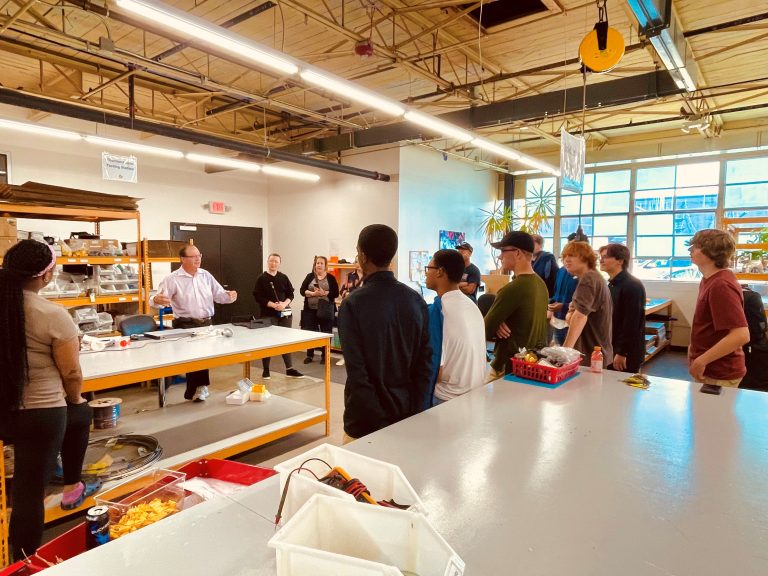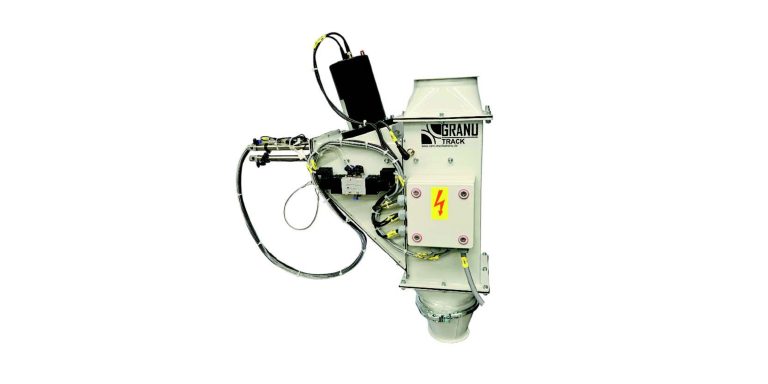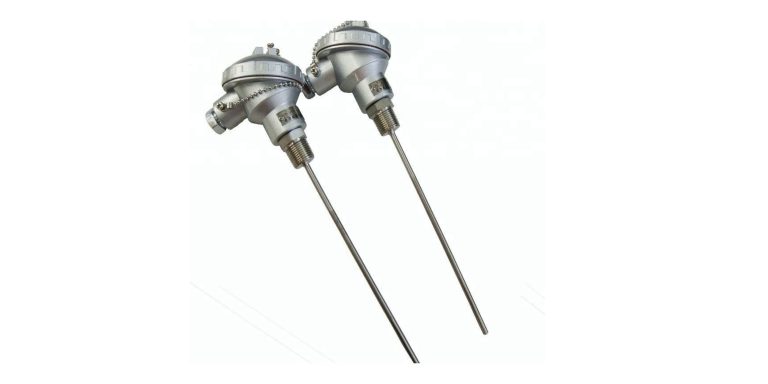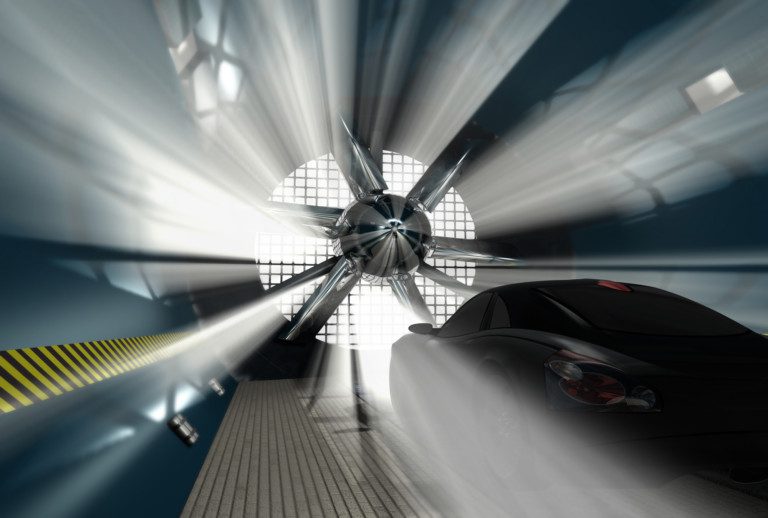Which Thermocouple for the Most Accurate Measurement and Test
We’ve all experienced the consequences of inaccurate temperature measurement. Maybe with the oven that is more than 10°F warmer than the digital display indicates or with the home thermometer that requires you take multiple readings to even get a ballpark estimate of body temperature.
These examples may merely be frustrating, but what if imprecision in temperature measurement makes a huge impact on your testing or manufacturing process? For example, significant temperature measurement error may be unacceptable when testing batteries to ensure reliability and safety. Pharmaceutical manufacturing or food processing may require a nearly exact temperature reading to ensure purity or to maintain proper storage standards. Whatever the reason, different thermocouples are designed for different operating conditions and choosing the correct thermocouple is vital to collecting accurate temperature data. Let’s examine some questions you should ask when selecting a thermocouple.
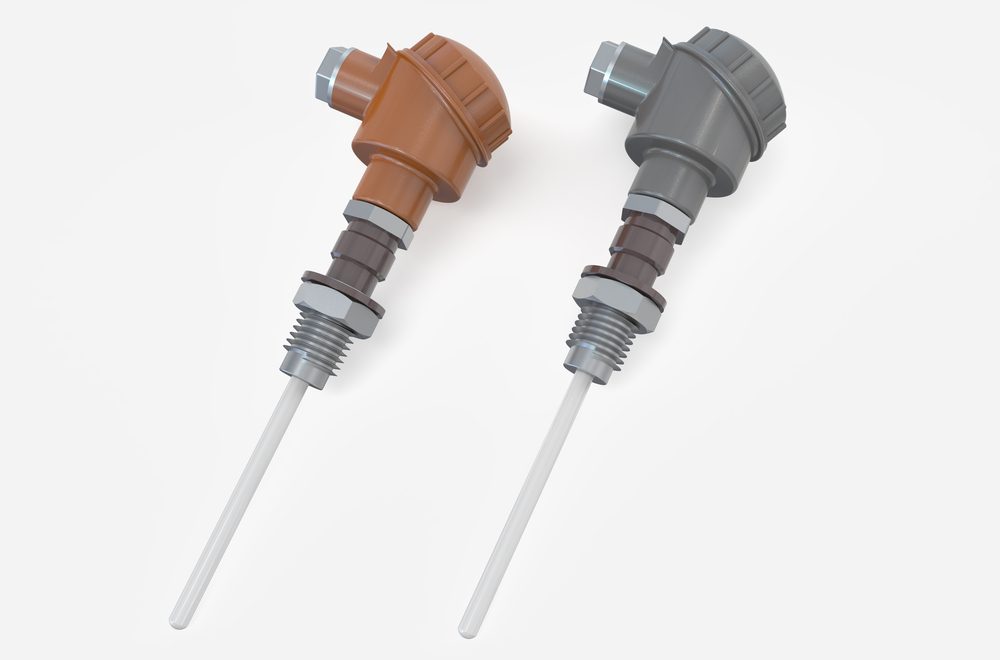
What temperatures are you measuring?
As a starting point, you must consider the temperature range in which your measurements will be made.
The temperature ranges for Types K, N, T, J, E, S, R, and B are all published in literature and online for your reference. However, you should also ask, will the thermocouple measure sustained high temperatures? Will the thermocouple measurements cycle between low and high temperatures repeatedly? How fast will the temperatures increase or decrease? The process temperature behavior will affect how the thermocouple ages, which in turn, may increase measurement error and diminish the repeatability of your temperature measurements.
What is the environment?
You should consider the chemical environment to which the thermocouple will be exposed.
Will it be in an oxidizing atmosphere? That is, will gases that may cause combustion, mainly oxygen, be in contact with the thermocouple? Or will it be in a reducing atmosphere? In other words, will gases that remove oxygen, like hydrogen or ammonia, surround the thermocouple? Or will the thermocouple need to withstand both types of atmospheres? Will it be exposed to sulfur-containing atmospheres, acids, or water? Is the operating environment in gas or liquid form? Will the thermocouple be subjected to radiation? The answers to these questions not only determine the type of thermocouple needed, but also can determine the sheath and junction types required.
What are some other important considerations?
How quickly should your thermocouple measure temperature? The response time may depend on the sheath diameter and the type of junction. Also, where will the thermocouple be physically positioned? The location of the thermocouple in your process may determine the sheath material and probe type needed. For example, certain sheath materials should not bend and some probe types are better for measurement closer to direct heat. As you can see, many considerations go into choosing the correct thermocouple. And for some applications, there may not be an off-the-shelf solution that meets all the design requirements. When in doubt, ask an expert! K-Tec Systems can guide you in the thermocouple selection process, and specializes in custom fabrication of temperature measurement equipment for challenging applications.



